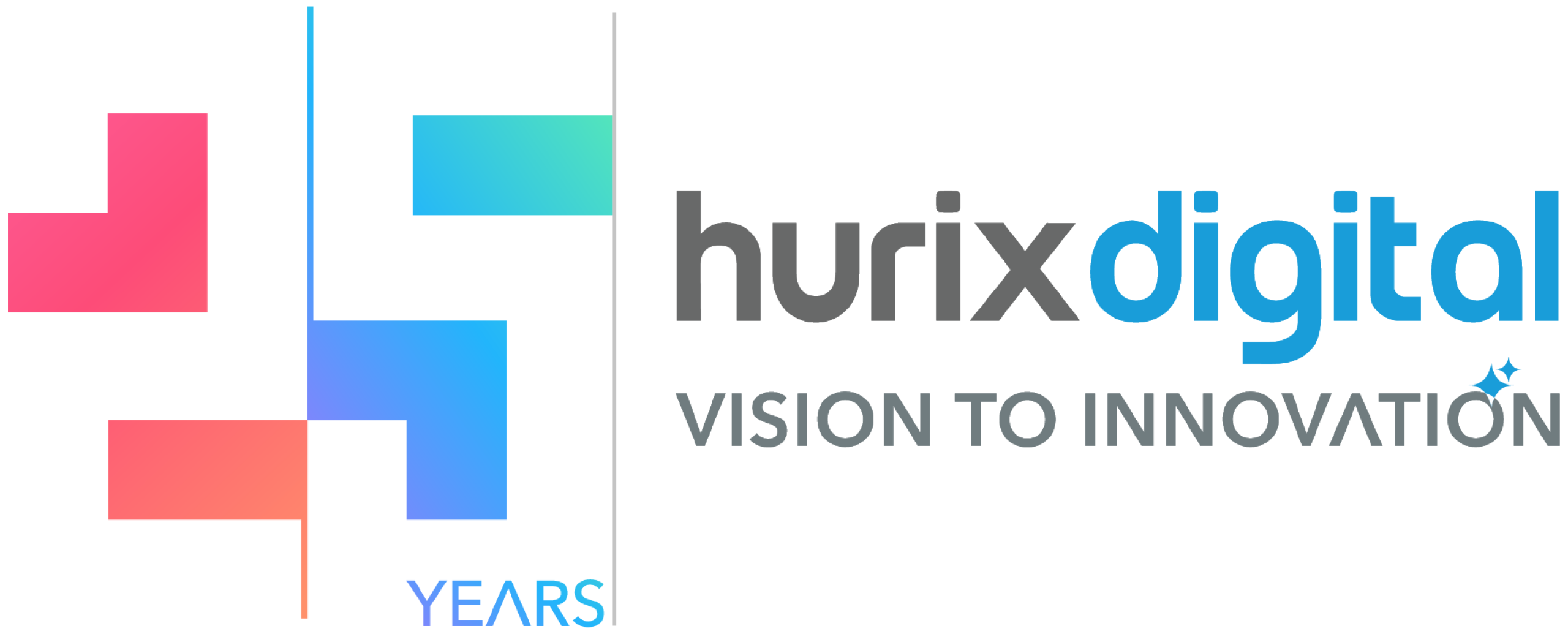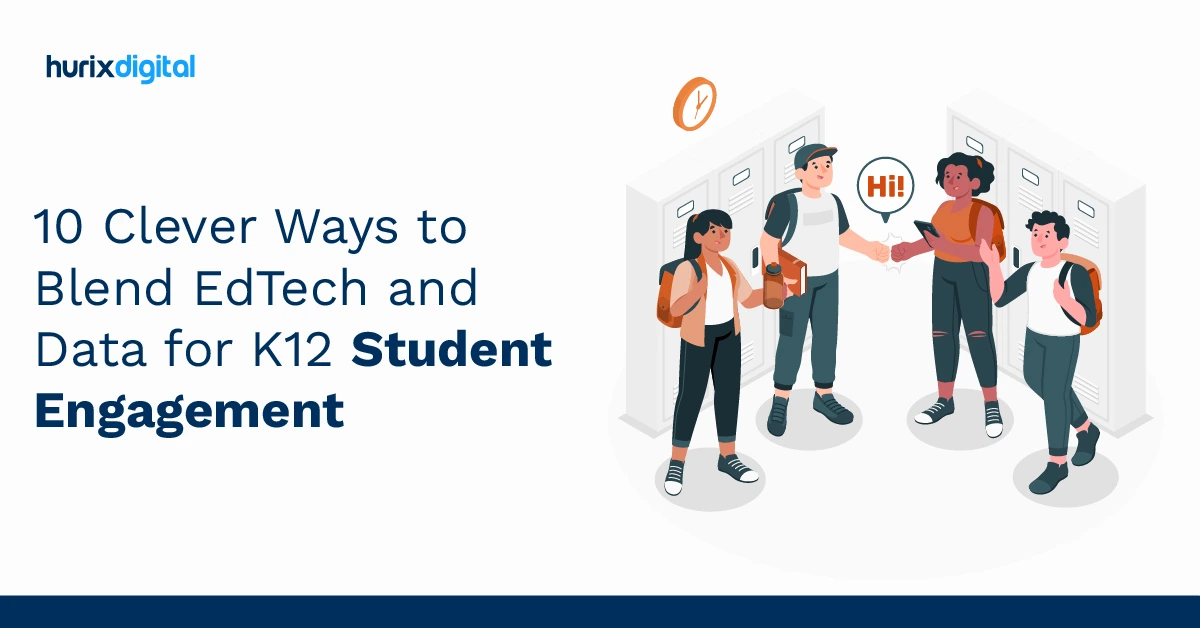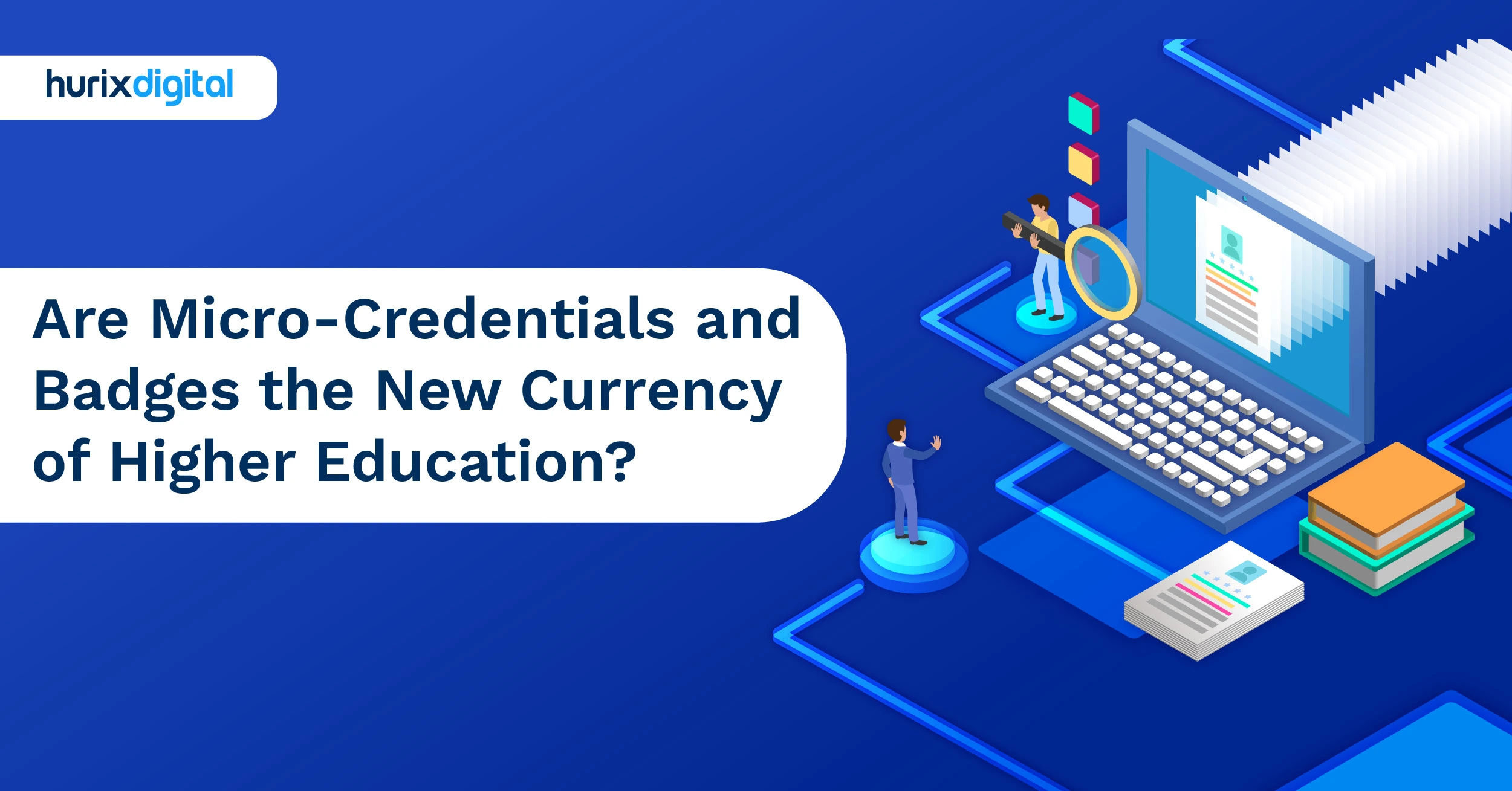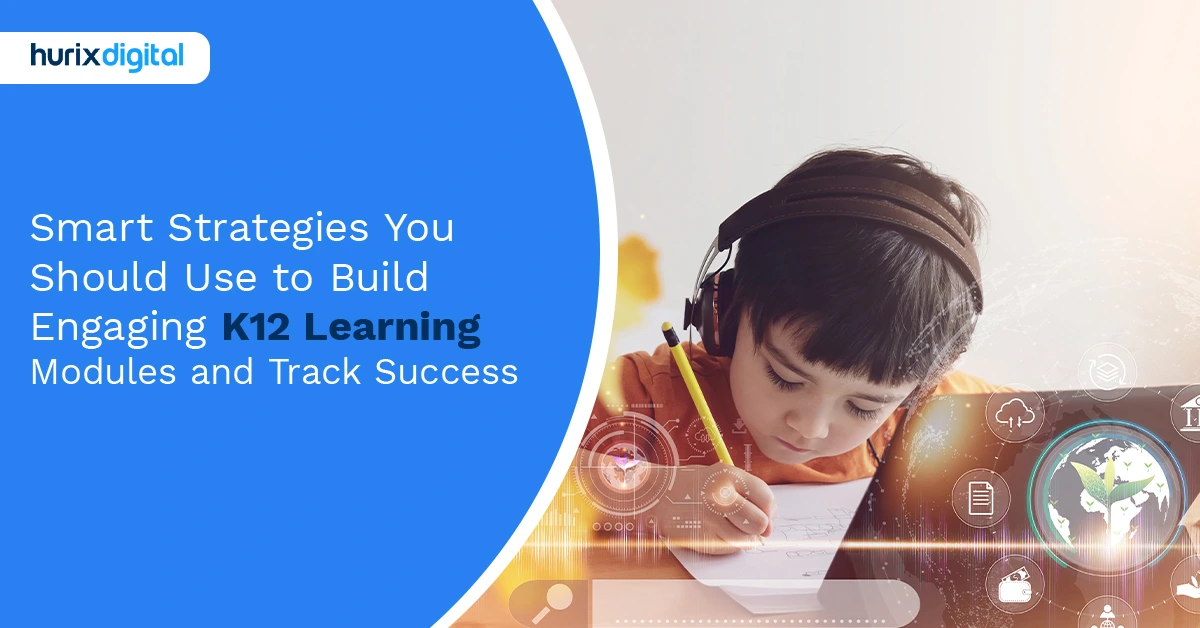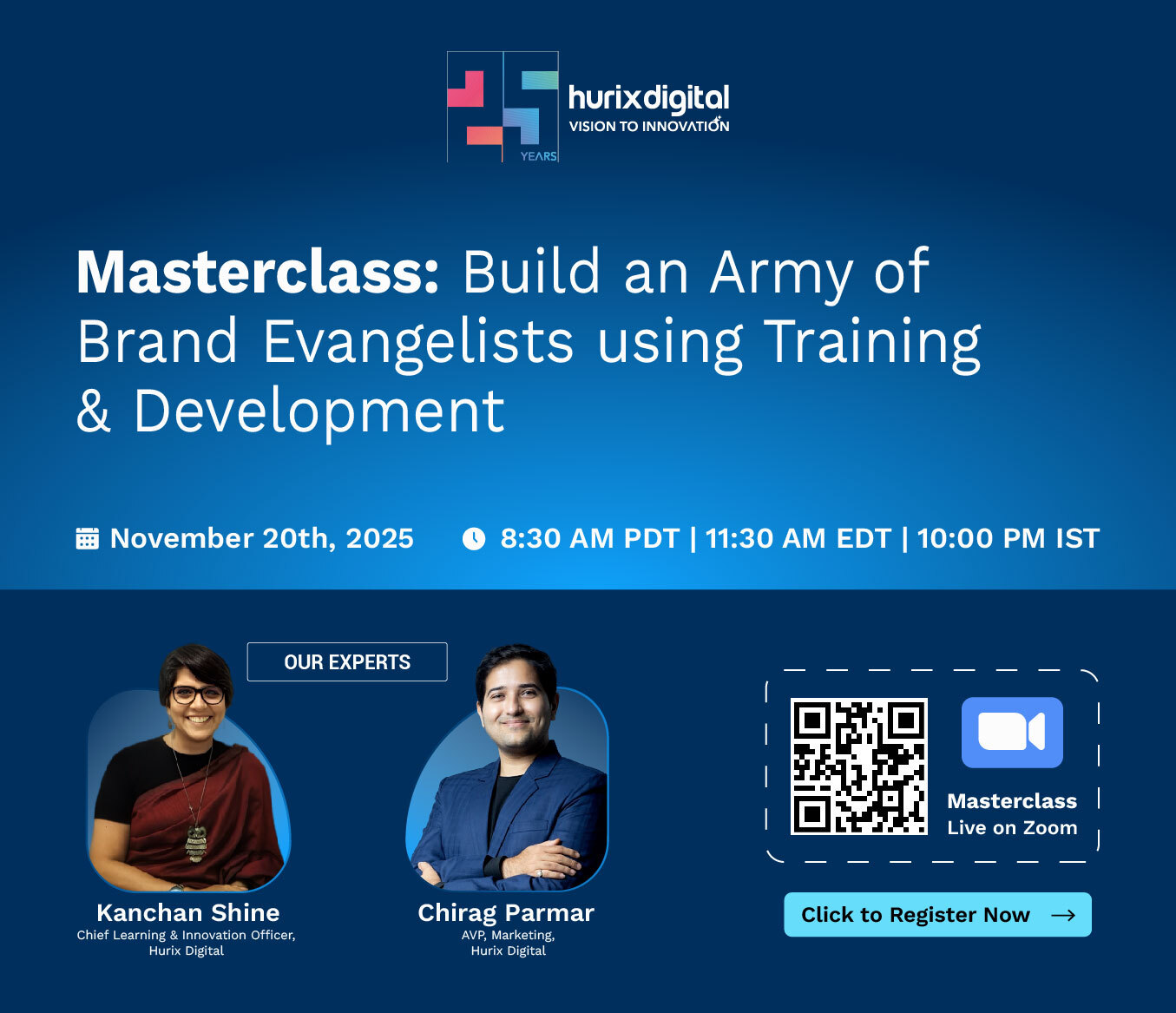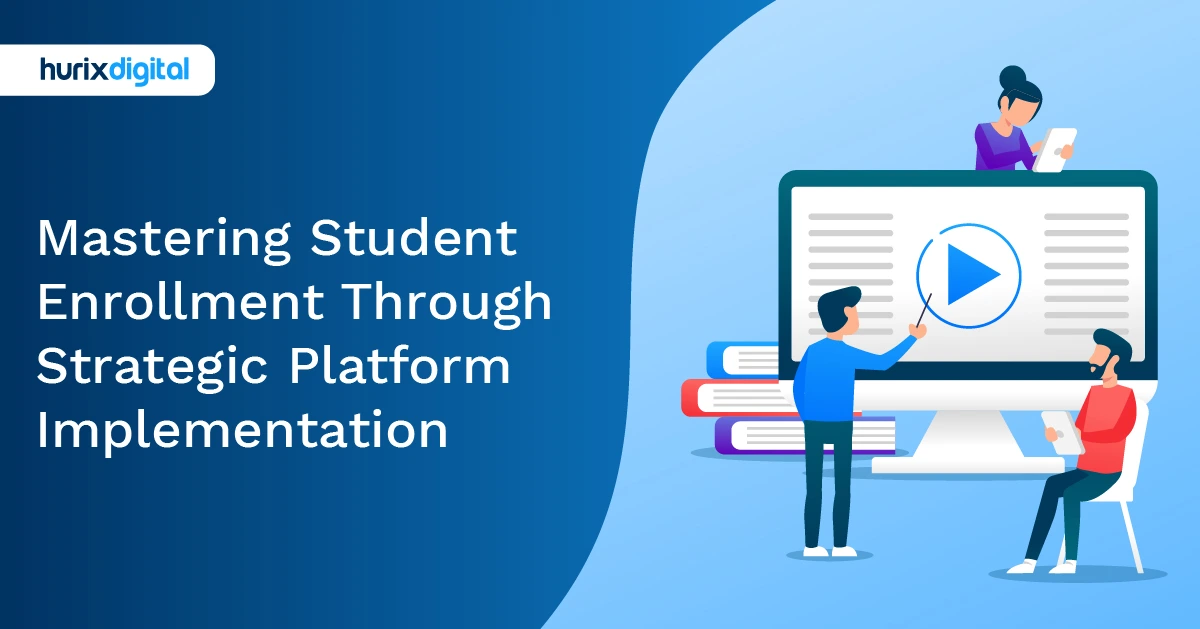
Mastering Student Enrollment Through Strategic Platform Implementation
Attracting and nurturing prospective students has become more and more challenging. The university leaders are always dancing this complicated, sometimes bewildering dance. Institutions are often caught up in dealing with fragmented communication streams, a frustrating search for rare data, and the constant worry that the impersonal application process might be the cause of the rejection of a good candidate. It is really a basic problem, one that will simply determine the future of the academic community, going beyond the mere numbers of recruitment to the level of interaction with the community.
The matter at hand is about an in-depth, intentional re-thinking of how a university establishes contact with potential students. A student enrollment platform that is truly efficient becomes a strategic partner. It is about spotting the trends in the behavior of applicants, figuring out what they would do to make the decision of commitment, and, at the same time, making sure that every interaction is like building an authentic, trusting relationship.
The journey from mastering the delicate platform adoption process to guaranteeing confidentiality for confidential information and even being able to predict the future needs of a diverse student population is the insight that any leader will find essential in making enrollment efficient and a positive experience.
Table of Contents:
- Top Student Enrollment Platform Challenges for Modern Institutions
- How Does Platform Integration Enhance Your Overall Enrollment Strategy?
- What’s the Measurable ROI of a Next-Gen Student Enrollment Platform?
- How Do Platforms Use Data for Predictive Enrollment Analytics?
- How Can You Secure Your Enrollment Platform for Tomorrow’s Students?
- What Defines a Superior Student Enrollment Platform User Experience?
- What are the Best Practices for Smooth Platform Implementation and Adoption?
- How do Student Enrollment Platforms Ensure Data Security and Compliance?
- What Key Criteria Guide Effective Student Enrollment Platform Vendor Selection?
- How does a Platform Support Scaling Enrollment While Maintaining Quality?
- To Sum Up
Top Student Enrollment Platform Challenges for Modern Institutions
The dance an institution performs to enroll top students is a complex one, and the platforms meant to simplify it often introduce their own brand of chaos. It’s rarely about a shiny new system failing to perform. More often, it’s about the impossible ask we place upon them.
Think about the sheer impossibility of integration, for instance. An institution isn’t a blank slate. It’s decades of accumulated processes, data tucked away in various nooks like financial aid, housing, student records, and alumni relations. All these systems were built at different times, with different philosophies, perhaps by different vendors. Trying to get a sleek, modern enrollment platform to “talk” seamlessly to these grizzled veterans? It’s less like plugging in a USB drive and more like attempting a delicate brain transplant while the patient is awake. Data gets stuck, or it doesn’t flow correctly, or it lands in a format no one can use. Admissions staff, who should be connecting with students, end up becoming impromptu IT troubleshooters, wrestling with CSV files and error messages. It’s utterly soul-crushing.
Then there’s the myth of personalized engagement at scale. Every platform promises it, right? But what does that really look like? It often boils down to an automated email triggered by a specific click.
A student asks a nuanced question about, say, finding a niche research opportunity, and the platform dutifully sends back a generic link to the main academic catalog. It feels cold. It lacks the warmth, the genuine understanding that a human conversation provides. We try so hard to automate the warmth, but it’s like trying to bottle sunshine. You just can’t. The moment a student feels like just another number in a CRM system, you’ve lost something vital. It’s a constant, uneasy tension: efficiency versus authentic connection. And often, efficiency wins out, to the detriment of human feeling. We know it, deep down, but the pressure to process thousands of applications can be overwhelming.
How Does Platform Integration Enhance Your Overall Enrollment Strategy?
When we discuss how enrollment strategy can be improved by integrating through platforms, it’s easy to skip directly to the technical aspect. However, in reality, it is about something much more basic: eliminating friction.
Consider a potential student, whom we will call Emily. She begins with us. She makes an application, followed by an inquiry. Then she requires money, then housing contacts. Each of those may have been a silo in the past. A dozen times, Emily writes her name, address, past schools, etc. And on our side? One is admissions, one is financial aid, and one is housing. It’s maddening, isn’t it? To Emily, it is discontinuous, impersonal. To us, it is a recipe of lost information and lost opportunities.
Now, suppose that those systems are actually talking to each other. That initial application data? It does not exist in the admissions portal alone. It feeds into our student information system, our CRM, and even pre-fills financial aid forms. There is one instance only when Emily enters her core details. She posts frequently on her status updates, either checking her application or her financial aid award. She has experience whose integration becomes almost instinctual. It seems to be the same conversation and not a sequence of unrelated obstacles.
Our benefits are profound. In no time, our counselor observes that Emily takes up her help. The housing department can tell that she is serious. We have the complete picture of the journey of each and every student, which brings a deeper insight, rather than efficiency. Platform coordination is a hard task, but a crucial one, showing which students falter at what stage and what questions are frequently asked at what stage. Having the full picture enables us to be proactive, individualize outreach, and prioritize the creation of actual relationships, which is the real purpose of enrollment.
What’s the Measurable ROI of a Next-Gen Student Enrollment Platform?
When we discuss the tangible return on investment of a next-generation student enrollment platform, it’s easy to jump straight to the numbers. But really, it’s not something you can find in just one line of a spreadsheet. Consider an admissions officer who must handle endless paper applications, find missing transcripts, and stay on the phone constantly. A properly built platform manages that administrative chaos, bringing order to the disorder. It’s not magic, but it comes very close sometimes.
One cannot say that this peace is the same as a lack of chaos. It is time that they prioritize saving first. Staff are not so busy that they have to do all sorts of data entry and manual follow-ups. Therefore, the salary that could be reassigned to staff members who are better at direct interactions is not necessarily eliminated. This way, people are encouraged to perform the interpersonal work they excel at rather than being treated as mere data clerks. This is reflected in the reduced operational costs. However, it might be “soft savings” where the freed-up capacity is used.
After that, there is the yield increase. Yes, this is a statistic; however, from the student’s perspective, it should be considered. If the application process is slow, full of obstacles, and the status update is not immediately available, students often walk away. They do not intend to leave, but they end up leaving. They will choose a process that appears less complicated and more responsive. A platform that makes the journey easier is nearly as valuable as one that prevents students from falling through the cracks. These students, in the future, will pay tuition fees and become alumni.
Yeah, and the data! Previously, schools might have only had a vague understanding of where potential students dropped out. Now, with a reliable system, you can identify exactly where users get stuck. “Oh, look, the financial aid section is where they all exit.” Here, you have the chance not just to count the numbers but to find the problem area caused by a lack of support. Instead of reacting after the mistake occurs, using this technology allows you to be truly proactive. The result of this smart technology is that recruitment strategies become more effective, ensuring that marketing funds are wisely spent by focusing on actual issues.
Is it perfect? Of course not. No system is. There is always a learning curve, with some initial complaints and maybe a feature that isn’t functioning as expected. Yet, the relief expressed by the staff, the measurable increase in completed applications, and improved yield rates… all provide a very compelling argument. It’s not just about saving money, which happens here and there, but more importantly, it’s about contributing to a better and more efficient future for the institution and, most importantly, for the students who want to be part of it.
How Do Platforms Use Data for Predictive Enrollment Analytics?
It is quite a thing to see how schools are starting to actually research who is likely to walk through their doors, other than the normal application stuff. Since time immemorial, it has been like throwing spaghetti on the wall. You would send out a brochure and hope. The smarter platforms are now becoming very precise about it.
They begin by vacuuming up everything in the way of leads. Not only the GPA or test scores on a form, which are, to be quite honest, table stakes. We are referring to the online footprints that a potential student leaves behind. Did they take fifteen minutes to peruse the individual faculty profiles in a niche department? Did they RSVP to an online event and then turn up and take part in the Q&A? Or did they just get on every email that talked about scholarships but just push the information about life on campus or student clubs away? These are not mere activities; they are little hints, clues to what a person is really interested in and what he or she intends.
These sites build a behavioral map or likelihood score and observe trends such as students visiting financial aid, program pages, and virtual visits, which frequently result in enrollment. On the other hand, they associate actions such as downloading deposit forms and failure to log in again as indicators of possible dropout. The aim is to call out patterns that represent a firm commitment or ghosting.
Life is unpredictable. Data is not flawless; it is a sophisticated compass directing admissions to students who are either genuinely interested or require some kind of one-on-one push. It makes the process more of a human conversation than a guessing game, which benefits everyone in the end, as it helps focus the efforts.
How Can You Secure Your Enrollment Platform for Tomorrow’s Students?
Future-proofing an enrollment platform usually brings to mind the first thing that new technologies bring to our minds. But, in fact, that’s missing the point. The real challenge and genuine opportunity lie in the design of an applicant that we haven’t seen before. Those students of the future aren’t going to be satisfied with just digital ease of access. Instead, they will require a practically instinctive, frictionless experience.
Imagine that they have been surrounded by apps that foresee their next step in a timely manner and services that almost amazingly personalize themselves. They will not allow twenty-page forms or retyping their address on three different screens at the same time. Weren’t we all there? The irritation is almost tangible, and the way it dismisses applicants is much quicker than you’d probably think.
This means tomorrow’s platform will be based on adaptability rather than some new feature, “next gen.” By this, they are not simply mobile-friendly. Can a work-at-home mom perhaps complete a one-minute application correctly with just one hand while she is handling her baby or waiting in a coffee shop line? That’s the measure that the user experience must reach so that it is as smooth and simple as it is almost invisible.
And then there’s the issue of genuine personalization. Not just using a first name in an email. It’s about a system that understands and adapts accordingly. If an applicant states they’re interested in a master’s program, then why are we still asking for high school records? It feels outdated, as if from another era, and everyone’s time is being wasted. The questions should be intelligently tailored, utilizing what can be pre-filled from available data, and should guide rather than just collect.
If these systems aren’t aligned, students can get stuck in administrative hurdles. The goal isn’t to create a perfect, all-in-one system, which usually fails, but one where parts easily connect to support change. We won’t get it right immediately; instead, we’ll build a flexible foundation that responds to students’ actions, not just habits or assumptions.
What Defines a Superior Student Enrollment Platform User Experience?
So, what is a great student enrollment platform user experience? That is one of the questions he has considered. It does not involve glitzy visuals or chatbots written by AI that are more annoying than helpful. No, it is much easier, much more humane.
Think about the student, maybe a child or an adult, who has gone back to school. They are usually balancing work, family, and fears. Their final requirement is a digital maze. A really great platform is a kind guru. It predicts their questions even before they develop them. He recalls a cumbersome antique system, which he himself had used as a student, that required a mysterious code to tell him where to find it. That is the opposite of excellent.
An effective platform is completely transparent, not naive, yet very deeply understandable. Each step is obvious. This is written in everyday English, and there is no scholarly or geek language. He frequently considers how important it is that the system should demonstrate, without any doubt, where one is in the process: “Document received.” “Application under review.” And that little, constant encouragement is colossal. It establishes confidence and removes those suspicions.
When something goes wrong, excellent support provides on-the-spot, human assistance, such as a visible phone number or chat that gives the user an opportunity to contact a person, as opposed to an email form. It is all about being supported in the smoother and rougher parts of the digital journey, with the mix of easy momentum and reliable support.
What are the Best Practices for Smooth Platform Implementation and Adoption?
Launching a new platform mainly faces challenges related to people, not technology, which is usually straightforward. Understanding their workflow, quirks, and natural resistance to change is crucial. Consider that someone has been doing things a certain way for many years or even decades. Even if it seems inefficient to outsiders, it is their personal process. Therefore, empathy is essential. You must see it from their perspective: what satisfaction do they derive? What do they fear losing? Usually, resistance isn’t due to hostility but stems from concerns about safety, skill, or fears of disrupting the established order.
People often perform a quick ‘rollout’ as if switching a button, which usually leads to negative results. A wiser approach is to launch a pilot program with a small, willing, and vocal team. They will identify defects and mismatched processes. Listen carefully to both their criticisms and appreciation, and act on their feedback. This builds trust and improves the platform through real user interactions, not just theoretical plans.
The training is more than boring slides; it recognizes different learning styles. Some prefer practical methods, others quick reference guides like taped notes on monitors. Some feel comfortable with brief, in-person support, resembling a continuous help system rather than a formal class. Visualize team champions, those who understand the system and provide quick aid or encouragement. Asking for help can be vulnerable, so having support close by is beneficial.
Never stop talking and listening. Explain why tasks are done and celebrate small wins. Understand user struggles. Bumps happen, bad days, wrong buttons. These should be addressed openly to build trust. Progress is slow, but when voices are heard and suggestions integrated, adoption feels genuine. Ig is messy and imperfect, but the human element keeps it alive.
How do Student Enrollment Platforms Ensure Data Security and Compliance?
Student enrollment platforms usually focus on the glamorous aspects: the automated follow-ups and the easy application wizard. Behind that experience, however, is a more mundane, working-level work around data security and compliance, which is what actually makes or breaks the system. It’s not glamorous, but it is vital.
Think of how much and how sensitive the information on these platforms is. We are discussing names, addresses, dates of birth, and yes, still money aid information, medical records, and sometimes even disability adjustments.
It can be reduced to a few pillars. First, there is excessive attention to encryption. Imagine a very safe bank vault. The information is put in lockup, and then the vault is locked. This makes it extremely hard for unauthorized eyes to view, even if they luckily acquire possession of the raw data.
Next comes the access control, which is a misunderstood concept. It is all about making sure that the right people access the right information. An admissions officer may have to look at the academic records of a student, but he definitely does not have to look at financial aid status, and vice versa. Granular permissions are implemented, with careful specifications on who is allowed to see, edit, or delete what. It is a delicate balancing act to get the access needed without being too personal. And it is ironic that in some ways people would believe that security involves concealing things, but it is actually having very specific controlled visibility.
We have an important layer of accountability through audit trails and logs. Everything the platform does, including data access and changes, is logged to build trust, catch bad actors, and demonstrate compliance with laws like FERPA and GDPR. These logs help answer questions about data changes and show ongoing compliance, which is a continuous, ingrained practice rather than a one-time effort.
What Key Criteria Guide Effective Student Enrollment Platform Vendor Selection?
Institutions do not select a student enrollment platform based on features alone. One important criterion is whether the vendor is familiar with the unique rhythm of higher education, such as admissions cycles, the complexity of financial aid, and the ratio between recruitment and retention. Not only is it about monitoring leads, but a process that provides scholars with a particular, usually emotional, process. Several of those offer flashy interfaces, but when the inquiry of a prospective student is not one of those that retail complaints should address, they lose out.
Assimilation is a bother to most platforms. Does it interface with your SIS, old-fashioned finance software, or learning management system? Demos are amazing, but the real test is to tie everything together. Is it an easy or a not-so-easy, expensive, and labour-intensive process? The platform must be mounted on a powerful platform that is integrated into your campus digital ecosystem. The use of manual, duplicated data entry reduces the morale of the staff and leads to errors.
Last but not least, such is the human factor: continued support and cooperation. The sale is easy. However, one year later, when new issues or policy modifications come up, are you now one more ticket in a line, or do you have a specific relationship manager who knows your institution? A partner is one who assists you in developing, provides insight, and comes up with solutions, rather than selling more modules. It is about long life, mutual prosperity, and understanding in difficult times. You need a vendor that will be like an extension of yourself rather than an anonymous vendor. That makes a difference.
How does a Platform Support Scaling Enrollment While Maintaining Quality?
Increasing enrollment and actually retaining quality is a balancing act, right? It is not merely a question of attaching additional servers, as many people think. When a platform has to handle thousands or tens of thousands of new learners all at once, you could easily be overwhelmed by the sheer scale, destroying what made the experience enjoyable in the first place.
Suppose you have an overwhelmed admissions team. It is tiresome to review applications manually. A strong platform does not eliminate human review but removes it. It automates the mundane, such as checking papers and reminders, and allows workers more time to work on complex, discretionary cases, underlining the importance of human intuition.
Quality is sometimes determined by small factors. Once a person enrolls, they prefer to be communicated with and responded to quickly. It is inefficient to deal with thousands of such questions manually. A quality platform predicts the most frequent questions and provides them as frequently asked questions (FAQs) and refers less complex requests to effective chatbots. This frees support personnel to help solve special, critical problems. It is about turning all interactions into something considerate, at least initially, when they are automated.
Infrastructure-wise, it is more about resilience building, rather than capacity building. Such as earthquake design, not just weight. When thousands of people use the platform at the same time, the platform should be able to distribute the load in case they all hit submit at the same moment. When it stalls, pages hang, or information is lost, enrollment declines, and confidence is lost. It is all about ensuring the technical architecture is strong enough to make the user experience of the technology smooth, customized to them, and remain human. This is aimed at taking care of a large number of people on a one-on-one basis.
Read Success Story: Hurix Digital Helps a Global University Accelerate Course Development by 85% with AI-Driven Content Creation
To Sum Up
Achieving student enrollment success in the current environment largely depends on utilizing the right platform. It is what you use to unlock efficiency, make data-driven decisions, guarantee an excellent experience, and be ready to scale up in the future with confidence. It is simple smart growth.
Digitizing application procedures isn’t enough to master student enrollment in the competitive environment of the modern world. It demands a strategic platform application that turns standard touchpoints into transformative points of connection. Seamless integration, predictive analytics, solid security practices, scalability, and other features make the correct enrollment platform a strategic asset that both helps to maintain a healthy operational efficacy and makes the students happy.
Select a trusted firm such as Hurix Digital to change your enrollment strategy and experience lasting growth.
Explore how our enrollment platform solutions can help you reach, engage, and convert the students who will shape your institution into a sustainable, successful model.

Senior Vice President
A Business Development professional with >20 years of experience with strong capability to sell new solutions and develop new markets from scratch. New Market Entry Specialist with experience working in the largest emerging markets. Exceptional experience in conceptualizing, ideating and selling new learning technologies like VR AR, etc. across multiple industry verticals.
 Upcoming Masterclass | Build an Army of Brand Evangelists using Training & Development | November 20th, 8:30 AM PDT | 11:30 AM EDT | 10:00 PM IST
Upcoming Masterclass | Build an Army of Brand Evangelists using Training & Development | November 20th, 8:30 AM PDT | 11:30 AM EDT | 10:00 PM IST
